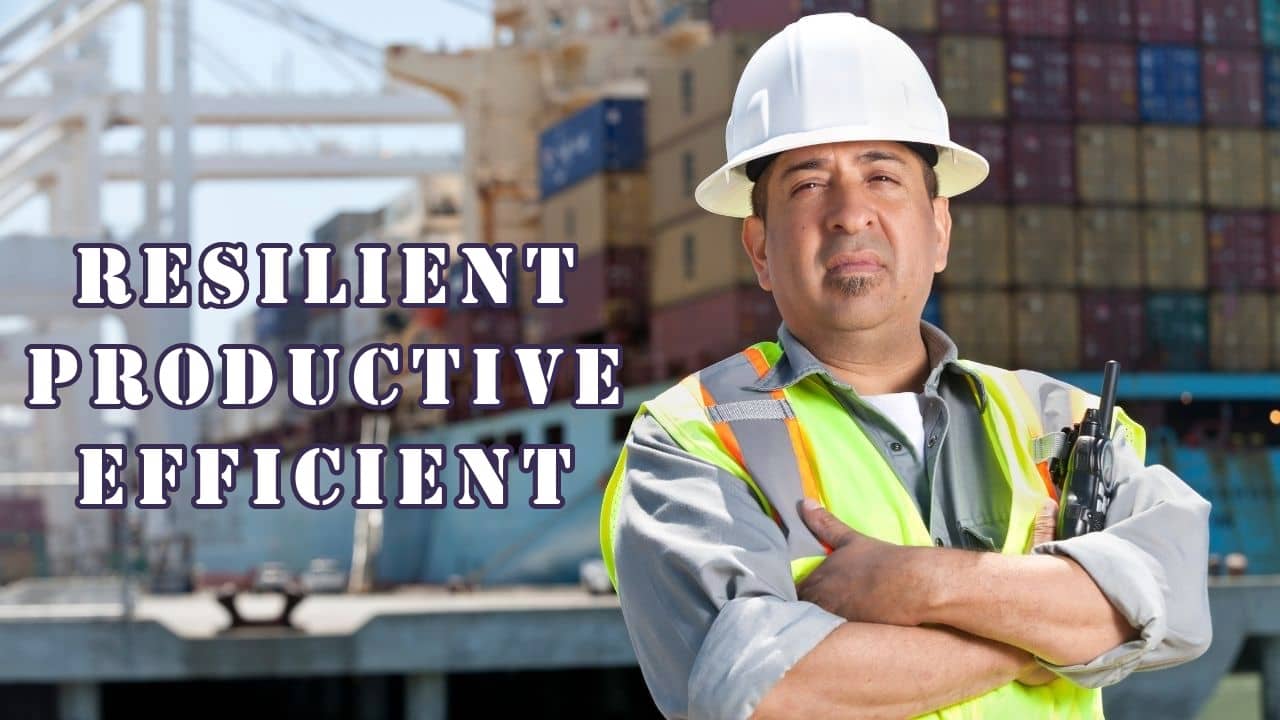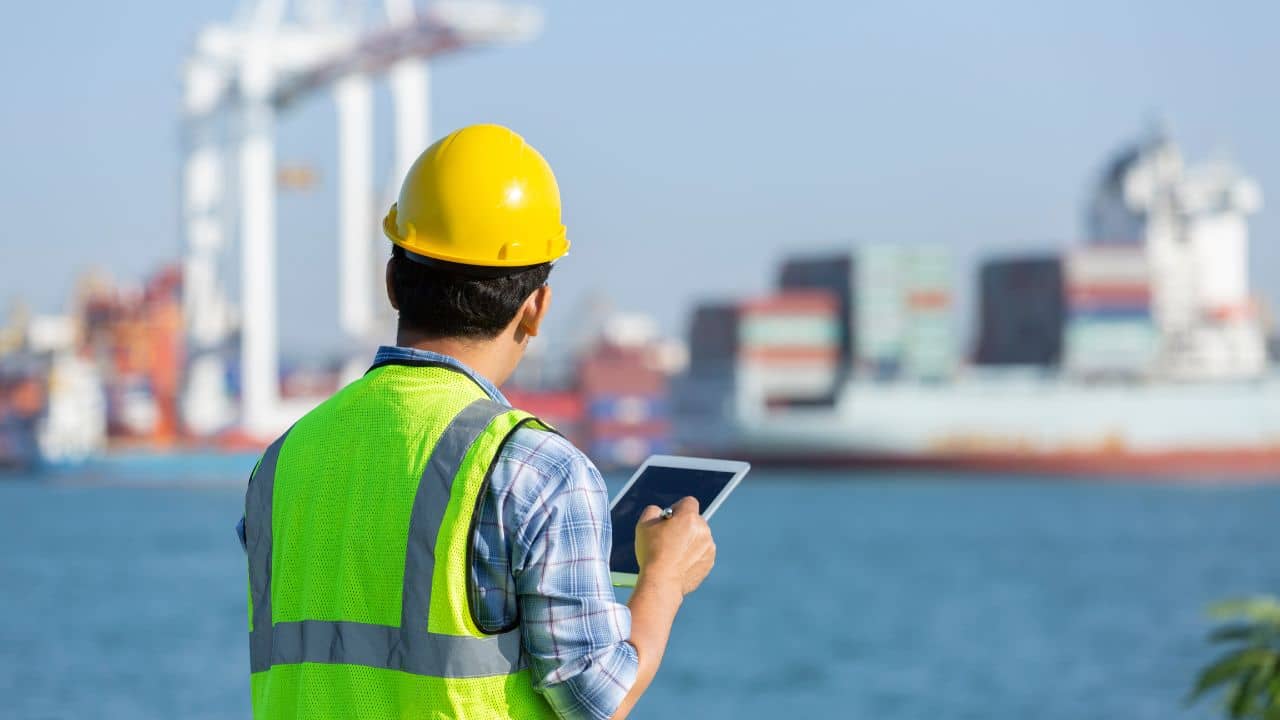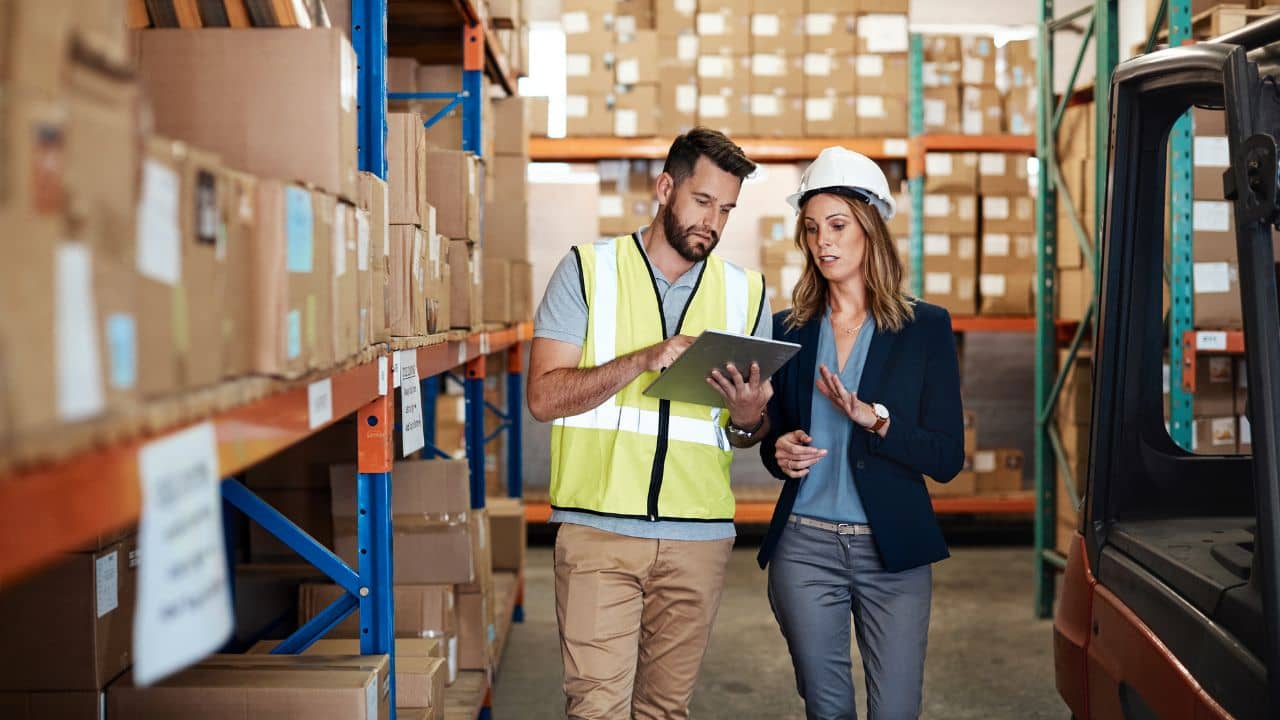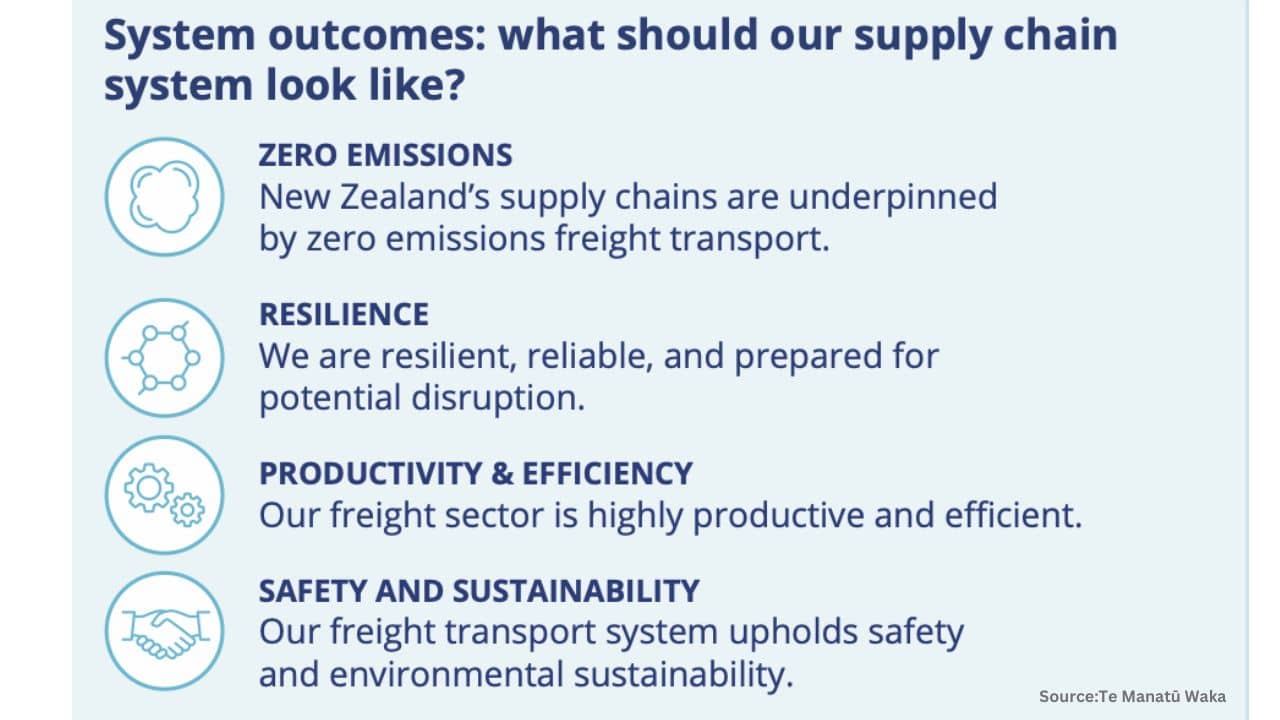
What’s on the Horizon for NZ Freight and Supply Chain Sector
6-minute read
Te Manatū Waka (Ministry of Transport) has introduced its first-ever national strategy for freight and supply chain management, with the intention of boosting the efficiency and robustness of New Zealand’s ports, shipping, and freight sectors.
David Parker, the Minister of Transport, unveiled this strategy on August 18 at the Ruakura Inland Port, a pivotal component of Hamilton’s significant new logistics and freight project.
The groundwork for this strategy was laid out in an initial document released in April last year. It was further refined through extensive consultations with various stakeholders in the freight and supply chain industry.
The principal objective of the strategy document is to chart a 30-year course for preparing New Zealand for upcoming challenges and opportunities.
Accompanying the strategy document is a plan of immediate actions focusing on the most urgent and important work, thereby establishing a basis for longer-term initiatives.
“In 2017/2018, trucks, trains, ships and airplanes moved about 280 million tonnes of freight around New Zealand. That is around 56 tonnes per New Zealander. Moving this quantity of goods around such a small, spread-out population is highly complex.” Ministry of Transport, National Freight Demand Study 2017/18
The strategy document outlines what NZ needs to do over three time horizons to position its freight and supply chain system for the future.
Over a 30-year horizon the government and sector stakeholders need to change how they approach the freight and supply chain system. These are the enduring principles.
Over a 10-year horizon a specific set of objectives must be achieved to bring about transformative change to the system. These are the strategic goals.
Over a 3-year horizon collaborative efforts with industry stakeholders will shape the path toward achieving the strategic goals.
Four key priority areas have been identified, with initial measures already in place to initiate progress in these areas. These are just the first steps.

Why the Need to Change the System
“There are four major trends that are driving change in our supply chains: climate change, geopolitical volatility, new technologies, and population densification.” Ministry of Transport, Te rautaki ueā me te rautaki whakawhiwhinga o Aotearoa: New Zealand freight & supply chain issues paper
Climate Change is Threatening NZ’s Infrastructure and Freight Networks
Climate change will result in rising sea levels and more frequent, intense weather events like storms, heavy rainfall, and heatwaves. Between 2007 and 2017, floods and droughts linked to climate change led to estimated costs of around $840 million for the New Zealand economy.
The extreme weather events in early 2023 caused significant harm to the infrastructure for moving goods and led to a nationwide state of emergency.
As time goes on, the impacts of climate change will worsen, increasing the chances of harming our infrastructure for moving goods and supplies. This will make it more expensive to keep, repair, and insure them.
Many of NZ’s transportation structures are located along the coast and need to be strengthened against rising sea levels and coastal erosion. Some might even need to be relocated.
There is a need for more resilience and flexibility to country’s supply chains so that they can handle these unexpected problems or adapt to the changes that are on the way.
The World’s Geopolitics is Getting More Complex
New Zealand is part of worldwide systems where different steps of making things happen across many countries. At each step, something is added to the final product that makes it more valuable.
These global systems work well when things around the world are fairly steady, with clear trading rules and affordable ways to move things between countries. But now, the world is getting more complicated and harder to predict.
There are new chances of things going wrong in our ways of getting and giving goods that we haven’t seen before.
A big example of this is the competition for power and influence between the United States and China. These two countries are really important for New Zealand’s trading.
There’s a risk that things could get worse in ways we can’t expect. This could mean we can’t get certain things easily or sell our stuff in some places. It could also mess up important routes for trading, like the sea paths that carry almost all of our trade.
Since everything is connected, New Zealand will feel these effects a lot, especially if they involve a big world power or a close trade partner, or if they happen in the area around the Pacific Ocean.
Some countries are already starting to act more on their own to protect themselves from these new global risks. All these things make it harder to know what will happen with New Zealand’s connections to other countries.
New Technologies are Changing How We Move Freight
New Zealand should be prepared to benefit from new technologies that could change the way we transport goods. This might involve things like artificial intelligence or automation, which could make things move faster and also create better jobs.
Another example is 3D printing, which could let us make things closer to where they’re needed, so we wouldn’t have to move as much stuff around.
Making use of digital technology to make freight operations smoother and see what’s happening in supply chains could cut costs and make things stronger. But there’s a downside too: we could be at risk of cyberattacks.

NZ’s Population is Growing and Concentrating in Cities
New Zealand’s system for moving goods and supplies will face challenges because its population is expected to grow and become more focused in certain areas like Auckland, Hamilton, Tauranga, Christchurch, and Wellington.
This means that the amount of things that needs to be transported will go up by 55% from 2012/13 to 2042/43. This will put a lot of pressure on the the current infrastructure and freight routes.
All these changes are happening at the same time. They might make moving things more expensive, which will also increase the cost of living.
New Zealand does a lot of trade with other countries, which makes up around 60% of its economy.
If New Zealand is not ready for these changes, it could really hurt it’s economy and society.
Thirty-Year Horizon: Enduring Principles

Ten-Year Horizon: Strategic Goals
Infrastructure and Government Systems
- Protection, decarbonisation and optimism of nationally significant freight routes and infrastructure.
- There is a sophisticated, robust, and transparent base of evidence to support decision making in the freight system.
- Reliable & adaptive long-term plans for key parts of our freight system.
Enabling the Sector
- Government policy enables the sector to accelerate emissions reduction and build long-term resilience.
- The sector leads change in areas of common interest independently or with government support.
- The value and function of the freight system is understood across the government and by the public.
International Connections
- Reliable, resilient, competitive and efficient international shipping and airfreight services.
- Government and the sector are aware of global supply chain threats and opportunities and are ready to respond and adapt.
- New Zealand reduces its international freight emissions in line with its international commitments.

Three-Year Horizon: Immediate Priorities
Ports and the Connections to Their Communities
• About 99% of traded goods by weight flow through NZ’s ports. Goverment will need to ensure they are resilient to long-term threats and highly productive to support the economic prosperity.
• Government will analyse the spatial connections of NZ’s ports to help strengthen country’s critical freight corridors and will will also undertake analysis of alternative port models.
Road Freight Decarbonisation
• Road freight is responsible for almost a quarter of transport emissions, while rail and coastal shipping are much lower emissions modes of transport. This makes road freight a priority to decarbonise first.
• Initial work will focus on progressing priorities to accelerate the transition to zero emissions heavy vehicles. Government will also continue to work on the implementation of the rail plan, and policies to support coastal shipping.
Data Sharing and Interoperability
• A more sophisticated evidence base will support a better understanding of the freight and supply chain system and improved investment decision making.
• Government will identify and invest in freight data needs based on priorities of different public and private sector stakeholders. This could be supported by a partnership with the sector to support mutual data sharing.
International Engagement
• The COVID-19 supply chain disruptions have demonstrated vulnerabilities in NZ’s international freight connections. The country needs to be better prepared for future disruption and play its part in decarbonising international freight.
• Government will maintain collaboration with international partners to prepare for disruption to freight networks and support the establishment of green shipping corridors.
If you want to learn about Aotearoa New Zealand Freight and Supply Chain Strategy in detail, full strategy paper can be found on Te Manatū Waka website here
Source: Te Manatū Waka | Aotearoa New Zealand Freight and Supply Chain Strategy and TransportTalk
P.S. Easy Freight Ltd helps New Zealand importers & exporters to save money on international freight and reduce mistakes by guiding how to comply with Customs and biosecurity rules.
➔ Contact us now to learn how we can assist you.
